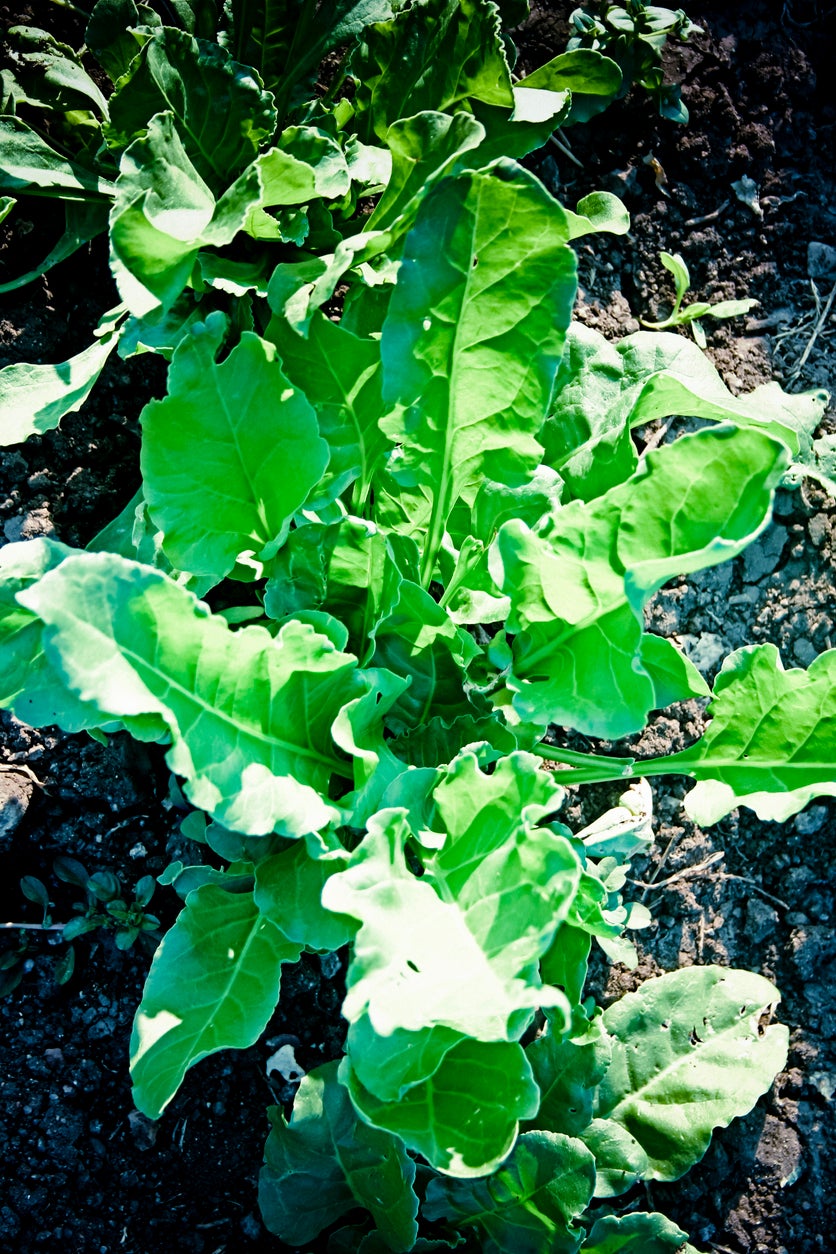What Is Savoy Spinach – Savoy Spinach Uses And Care


Growing a variety of greens helps expand kitchen recipes and enhances nutrition. Easy-to-grow greens, like spinach, translate to a variety of uses. Savoy spinach is even more versatile than smooth leaf varieties. What is savoy spinach? We'll go over some savoy spinach uses and how to grow and care for this nutrient-dense green.
What is Savoy Spinach?
Spinach is great fresh, sautéed, in soups, and even freezes well. Curly leaf spinach, or savoy, has thick leaves with a ruffled effect. It has a robust, earthy flavor that tends to get bitter on older, larger leaves. You can plant in spring, or overwinter plants in many zones. Gardeners in USDA zones 6 to 9 should try growing savoy spinach.
Curly leaf spinach is apparently native to Persia and called aspanakh. This variety of spinach has deep green, crinkled leaves with impressed veins. Leaves are oval to oblong and occasionally heart-shaped. They grow 5 to 6 inches long (12.5-15 cm.). Spinach prefers cool temperatures and will bolt when it is 80 degrees Fahrenheit (27 C.) or more. The soil must be well-draining and of average fertility.
Savoy Spinach Care
Growing savoy spinach is easy. Prepare a bed by tilling in plenty of organic matter and sowing seed in early spring or fall. Harvest the leaves as they come for the best flavor. Successive sowing will provide a consistent harvest.
Keep weeds out of the bed and soil moderately moist. Using compost as a side-dress can help with both conditions and will gradually release nutrients.
If high heat is expected, use a shade cloth to prevent bolting. Crop rotation is an important part of savoy spinach care that can prevent many common foliar diseases and pests.
Savoy Spinach Uses
The young, tender leaves are best fresh in salads or on a sandwich. Because the leaves are thicker than regular spinach, savoy stands up to cooking well. You can use it in place of cooked greens like swiss chard or kale. Sauté it with strong flavors like onions and garlic.
Gardening tips, videos, info and more delivered right to your inbox!
Sign up for the Gardening Know How newsletter today and receive a free copy of our e-book "How to Grow Delicious Tomatoes".
It is also nice thrown in at the end to soups and stews. Use the pretty leaves fresh but wilted a bit by pouring stir fry or sauces over them. This is a really versatile vegetable that is easy to grow and maintain.

Bonnie Grant is a professional landscaper with a Certification in Urban Gardening. She has been gardening and writing for 15 years. A former professional chef, she has a passion for edible landscaping.
-
 Terrifically Tubular Flowers For Hummingbirds: 9 Tube-Flowered Plants To Attract Hummers
Terrifically Tubular Flowers For Hummingbirds: 9 Tube-Flowered Plants To Attract HummersGrowing tubular flowers for hummingbirds helps you create the optimum feeding conditions for your winged friends. Here are nine tubed delights for hummers
By Tonya Barnett
-
 How To Grow Hydroponic Tomatoes For Fresh Indoor Harvests – No Soil Required
How To Grow Hydroponic Tomatoes For Fresh Indoor Harvests – No Soil RequiredLearning how to grow tomatoes in water is easy and allows you to harvest fresh-home-grown produce in every season without any mess.
By Ellen Wells